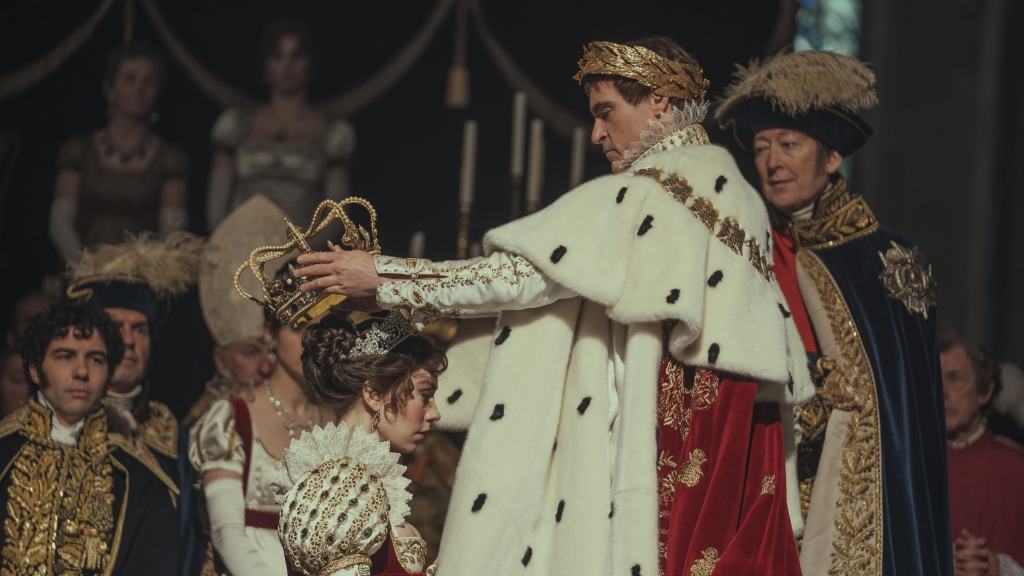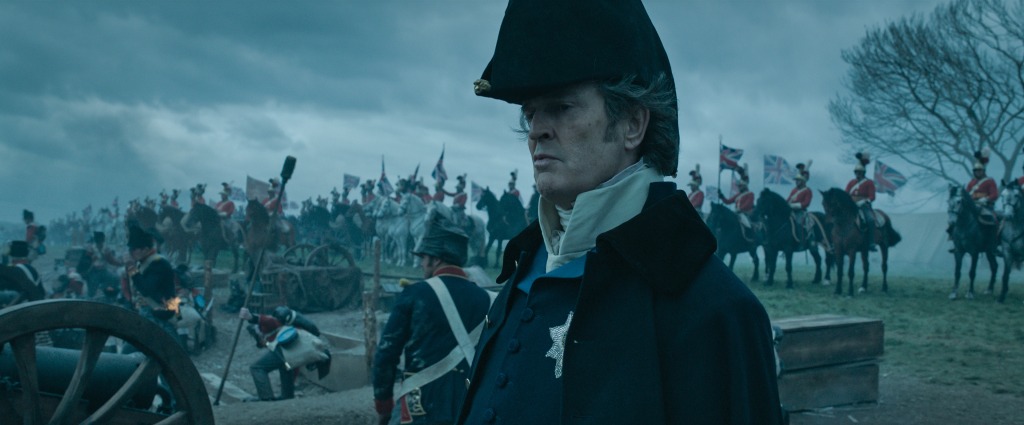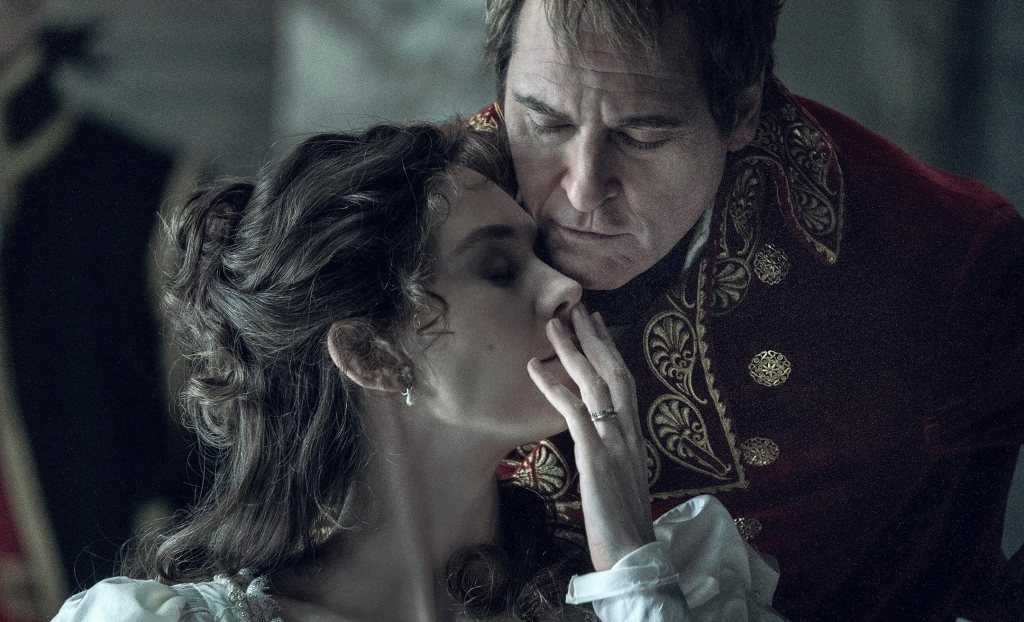Director: Hayao Miyazaki
Cast: Soma Santoki, Masaki Suda, Aimyon, Yoshino Kimura, Takuya Kimura, Shōhei Hino, Ko Shibasaki, Kaoru Kobayashi, Jun Kunimura
Genre: Animation
Run Time: 124 min
Opens: 30 November 2023
Rating: PG13

Like John Wick, revered Japanese animation director Hayao Miyazaki is a man who cannot retire. His 2013 feature film The Wind Rises was announced as his final film. Then, working on the 2018 short film Boro and the Caterpillar ignited a desire in Miyazaki to make at least one more feature. After seven years in production, The Boy and the Heron arrives in theatres.
Mahito Maki (Soma Santoki) is an 11-year-old boy whose mother Hisako dies in a hospital fire in Tokyo during the Pacific War. Mahito’s father Shoichi (Takuya Kimura) marries Hisako’s younger sister Natsuko (Yoshino Kimura). The family moves from war-torn Tokyo to Natsuko’s countryside family estate. Mahito must navigate a fraught relationship with his stepmother/aunt and gets bullied at his new school. A mysterious Grey Heron (Masaki Suda) reveals itself to be a magical being, guiding Mahito into an abandoned tower built by Mahito’s granduncle on the grounds of the estate. The tower contains a portal to a magical alternate realm, where Mahito meets other-worldly beings including cuddly sprites and man-eating parakeet beasts. Mahito discovers mysterious connections between certain figures he meets in this world and the people he knows in real life, as he begins to learn his life’s purpose.

Miyazaki has left an indelible impact on the medium of animation, and it’s easy to his why his and Studio Ghibli’s work at large has been so influential. The Boy and the Heron contains themes and motifs that will be familiar to those who have long enjoyed his work: it is a coming-of-age story that views the transition from childhood into adolescence and adulthood through a fantasy lens. The movie doesn’t feel like a soulless retread – far from it. There is invention, creativity, and heart throughout the movie, which was a labour of love for Miyazaki and his crew. There is a strong semi-autobiographical element, with Miyazaki drawing on his own relationship with his mother.

The movie embraces its weirdness – the Heron is nothing if not a weird little guy. Natsuko’s family estate is entirely staffed by little old custodian ladies who are equal parts endearing and strange, almost foreshadowing the magical creatures who appear later. The Boy and the Heron is unafraid to be off-putting at times and isn’t bound by the corporate packaging that can often be detected in Hollywood animated films.

Speaking of Hollywood animated films, The Boy and the Heron is a very different movie from Disney’s Wish, but having seen both films within days of each other, this reviewer cannot help but compare them. The Boy and the Heron is intended as a culmination of Miyazaki’s career, while Wish is intended to celebrate 100 years of Walt Disney Studios. As such, both movies contain “greatest hits” elements, but couldn’t feel more different in the ways they remind audiences of previous movies from their respective studios.

Taken on its own, The Boy and the Heron is a sometimes-challenging work to get into. The first half of the film is deliberately slow so we can learn more about Mahito’s grief, trauma, and his difficulty in adapting to a new life. It takes about an hour or so before Mahito travels to the alternate realm. While the fantasy elements are captivating, alternately grotesque and enchanting, the movie’s world-building falls short of, say, Spirited Away, arguably the Miyazaki movie that The Boy and the Heron most resembles. The plot is confusing and the events in the fantasy realm are difficult to follow, with some metaphysical time-bending shenanigans at play. The Boy and the Heron is often fascinating and there’s a lot to delve into and pick apart, but it stops short of being fully transporting and absorbing in part because there’s a lot going on.

Summary: The Boy and the Heron is a culmination of Hayao Miyazaki’s career, and it is fitting as the film that he un-retired (again) to make. Long-time fans of Miyazaki’s work and the other Studio Ghibli movies he didn’t direct will spot many recurring themes and motifs from those earlier films in The Boy and the Heron. The movie is unafraid to be sometimes weird and off-putting, but it is brimming with imagination and heart and the inimitable Miyazaki storytelling style. Parts of the movie are confusing, and the first half is deliberately very slowly paced, and it doesn’t work especially on its own, separated from the Ghibli oeuvre. However, it is undeniably something worth waiting for, and if it really, truly, actually is Miyazaki’s final feature, it will be a fitting cap to an incredible career.
RATING: 4 out of 5 Stars
Jedd Jong



































